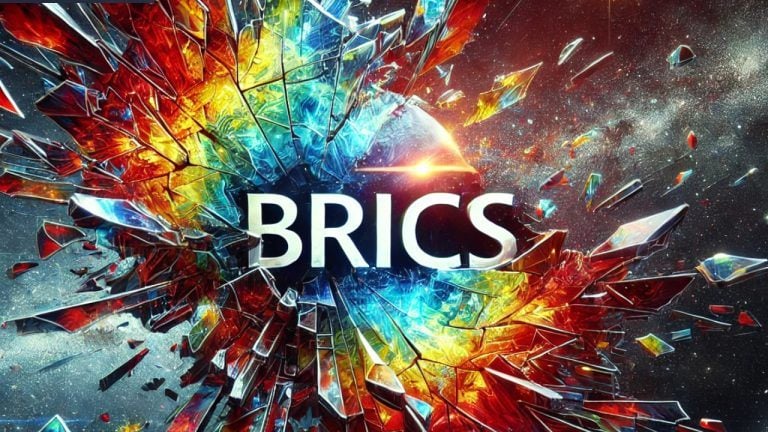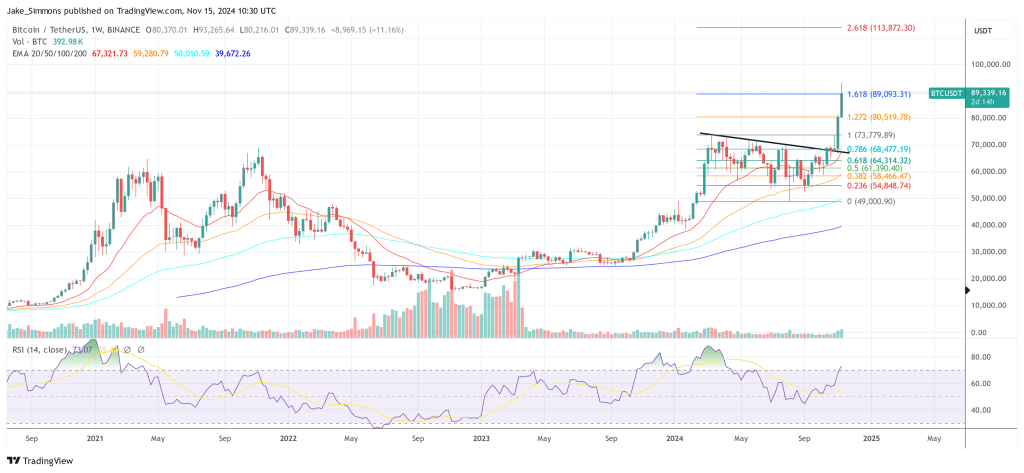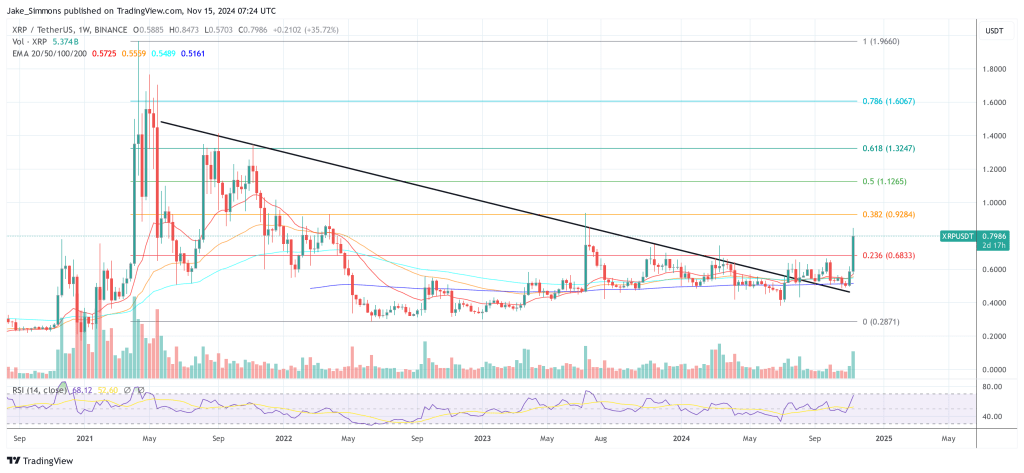1) Initial information gathering and filtering
Once I identify something that looks like a good potential investment, I first go to the CoinMarketCap page for that symbol and look at the website and blockchain explorer.
Critically evaluate the website. This is the first pass of the bullshit detector and you can tell from a lot from just the website whether its a scam. If it uses terms like "Web 4.0" or other nonsensical buzzwords, if its unprofessional and has anonymous teams, stay away. Always look for a roadmap, compare to what was actually delivered so far. Always check the team, try to find them on LinkedIn and what they did in the past.
Read the whitepaper or business development plan. You should fully understand how this crypto functions and how its trying to create value. If there is no use case or if the use case does not require or benefit from a blockchain, move on. Look for red flags like massive portions of the float being assigned to the founders of the coin, vague definition of who would use the coin, anonymous teams, promises of large payouts...etc
Check the blockchain explorer. How is the token distribution across accounts? Are the big accounts holding or selling? Which account is likely the foundation account, which is the founders account?
Read the subreddit and blogs for the cryptocurrency and also evaluate the community. Try to figure out exactly what the potential use cases are and look for sceptical takes. Look at the Github repos, does it look empty or is there plenty of activity?
2) Fill out an Investment Checklist
I have a checklist of questions that I find important and as I'm researching a crypto I save little snippets in Evernote of things that are relevant to answering those questions:
What is the problem or transactional inefficiency the coin is trying to solve?
What is the Dev Team like? What is their track record? How are they funded, organized?
Who is their competition and how big is the market they're targeting? What is the roadmap they created?
What current product exists?
How does the token/coin actually derive value for the holder? Is there a staking mechanism or is it transactional?
What are the weaknesses or problems with this crypto?
3) Create some sort of consistent valuation model/framework, even if its simple
A simple model that just tries to derive a valuation through relative terms will put you above most crypto investors. Some simple valuation methods that anyone can do:
Metcalfe's Law which states that the value of a network is proportional to the square of the number of connected users of the system (n2). So you can compare various currencies based on their market cap and square of active users or traffic.
Another easy one is simply looking at the total market for the industry that the coin is supposedly targeting and comparing it to the market cap of the coin. Think of the market cap not only with circulating supply like its shown on CMC but including total supply.
If its meant to be just used as just a currency: Take a look at the circulating supply and look at the amount that is in cold storage or set to be released/burned. Most cryptos are deflationary so think about how the float schedule will change over time and how this will affect price.
Once you have a model you like set up, you can compare cryptos against each other and most importantly it will require that you build a mental framework within your own mind on why somebody would want to own this coin other than to sell it to another greater fool for a higher price. Modeling out a valuation will lead you to think long term and think about the inherent value, rather than price action.
Once you go through this 3-step methodology, you'll have a pretty good confidence level for making your decision and can comfortably sit back and not panic if some temporary short term condition leads to a price decrease. This is how "smart money" does it.
Think about your portfolio allocation
You should think first in broad terms how you allocate between "safe" and "speculative" cryptos. For new investors its best to keep a substantial portion in what would be considered largecap safe cryptos, primarily BTC and ETH. I personally consider XMR to be safe as well. A good starting point is to have between 50-70% of your portfolio in these safe cryptocurrencies. As you become more confident and informed you can move your allocation into speculative small caps.
You should also think in terms of segments and how much of your total portfolio is in each segment:
- Core holdings - BTC, Ethereum
- Smart contracts platform segment - Ethereum, Polkadot, ALGO, Solana …etc
- Privacy segment - Monero, Zcash …etc
- Finance/Bank settlement segment - Stellar ...etc
- Enterprise Blockchain solutions segment -VeChain ...etc
- Promising/Innovative Tech segment: NANO, ADA, Tezos ...etc
You should also think about where we are in the cycle, as now given so much uncertaintly its probably best to stay heavily in core holdings and pick up a few coins within a segment you understand well. If you don't understand how enterprise solutions work or how the value chain is built through corporations, don't invest in the enteprise blockchain solutions segment. If you are a techie who loves the technology behind a coin, invest in that.
Think of your "circle of competence"
This is actually a term Buffet came up with, it refers to your body of knowledge that allows you to evaluate an investment. Think about what you know best and consider investing in those type of coins. If you don't know anything about how supply chains functions, how can you competently judge whether VeChain will achieve adoption?
This where your portfolio allocation also comes into play. You should diversify but really shouldn't be in much more than around 12 cryptos, because you simply don't have enough competency to accurately access the risk across every category and for every type of crypto you come across. If you had over 20 different cryptos in your portfolio you should probably think about consolidating to a few sectors you understand well.
Continually educate yourself about the technology and markets
If you aren't already doing it: Read a bit each day about cryptocurrencies. There are decent Youtubers that talk about the market side of crypto, just avoid those that hype specific coins and look for more sceptical ones like CryptoInvestor. If you don't understand how the technology works and what the benefits of a blockchain are or how POS/POW works or what a DAG is or how mining actually works, learn first. If you don't care about the technology or find reading about it tedious, you shouldn't invest in this space at all.
————————————————————————
There is no tldr haha. That was a pretty long one and I think it just about covers everything. Hope it helps!
[link] [comments]

You can get bonuses upto $100 FREE BONUS when you:
💰 Install these recommended apps:
💲 SocialGood - 100% Crypto Back on Everyday Shopping
💲 xPortal - The DeFi For The Next Billion
💲 CryptoTab Browser - Lightweight, fast, and ready to mine!
💰 Register on these recommended exchanges:
🟡 Binance🟡 Bitfinex🟡 Bitmart🟡 Bittrex🟡 Bitget
🟡 CoinEx🟡 Crypto.com🟡 Gate.io🟡 Huobi🟡 Kucoin.




















Comments